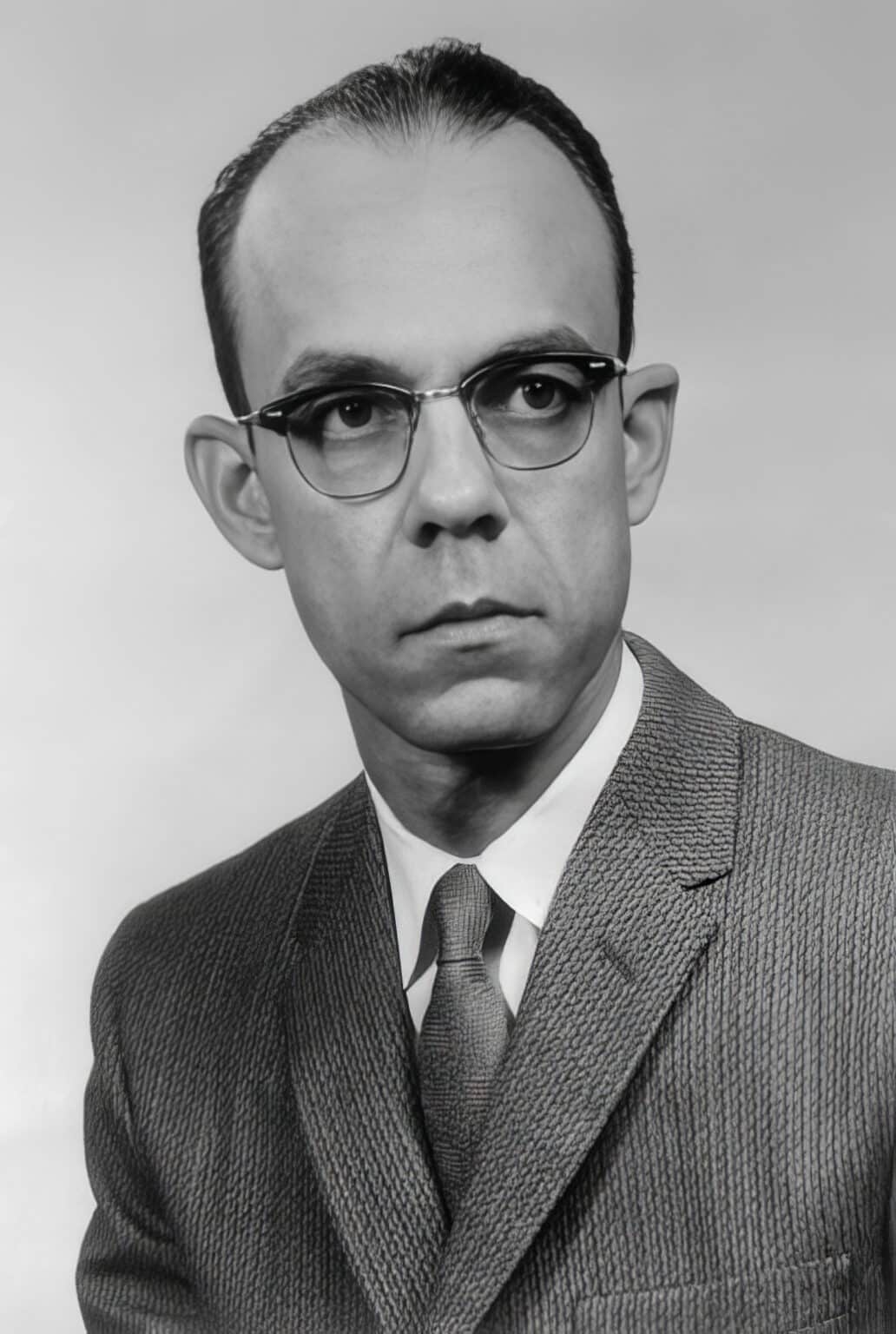RESOURCES
PEOPLE
Spottswood W. Robinson III
1916-1998
Born in Richmond, Virginia, in 1916, Robinson grew up in a family that placed a high value on education, faith, and civic responsibility. His father, Spottswood William Robinson Jr., was a minister in the Baptist church, and his mother, Inez C. Robinson, was a schoolteacher. The Robinson home nurtured intellectual discipline and a deep sense of moral purpose—qualities that would guide Spottswood throughout his life.
The Robinson family’s roots in Richmond’s African American community ran deep. They were part of a generation that overcame Jim Crow barriers through determination and education. Robinson graduated from Virginia Union University, a historically Black college founded to train teachers and ministers, and then earned his law degree summa cum laude from Howard University School of Law in 1939. At Howard, his professor James Nabrit Jr. called him “the best student of the law” he ever taught.
After graduating, Robinson remained at Howard to teach, while also practicing law in Richmond. He was known for his meticulous attention to detail, quiet confidence, and strategic brilliance. These qualities made him the perfect legal partner for Oliver Hill, who convinced Robinson to form a firm with him in the early 1940s, just before Hill’s induction into military service.
In 1951, Robinson and Hill took up the case of striking students at Robert Russa Moton High School in Prince Edward County, Virginia. The students, led by 16-year-old Barbara Johns, were demanding better school conditions—but Robinson and Hill saw a chance to do more. They challenged the entire system of school segregation. Robinson served as lead counsel in Davis v. County School Board of Prince Edward County, playing a central role in securing the Court’s decision that racial segregation in public education was unconstitutional.
Robinson’s career continued to break new ground. In 1964, he became the first African American appointed to the U.S. District Court for the District of Columbia, and in 1966, he joined the U.S. Court of Appeals for the D.C. Circuit. In 1981, he became its Chief Judge—the first Black person to hold that position on one of the most powerful courts in the country.
